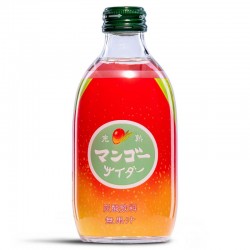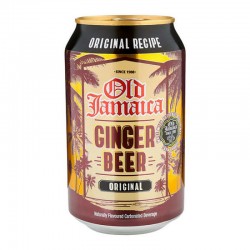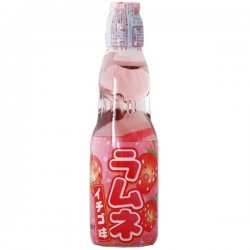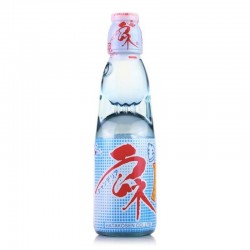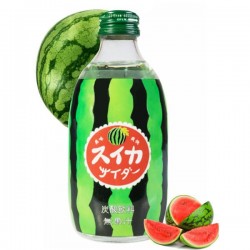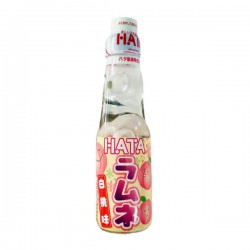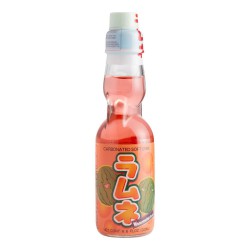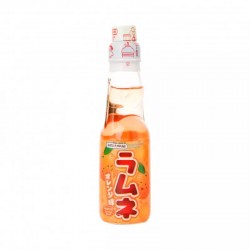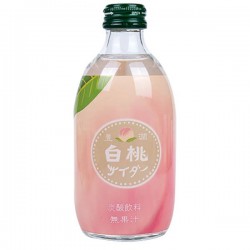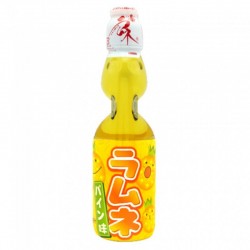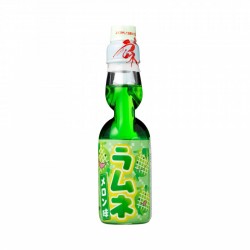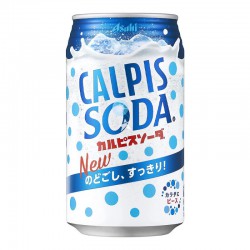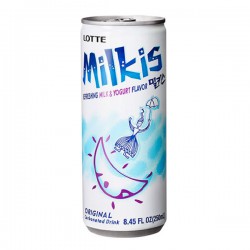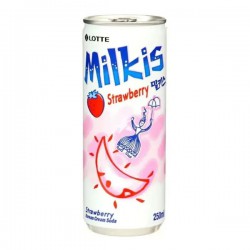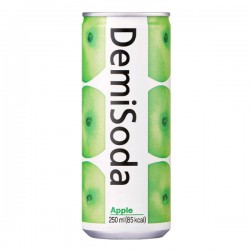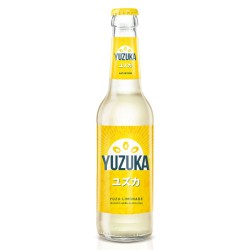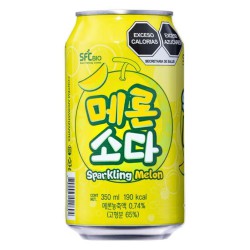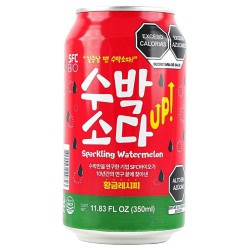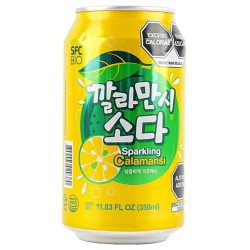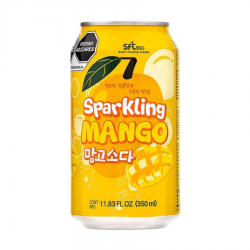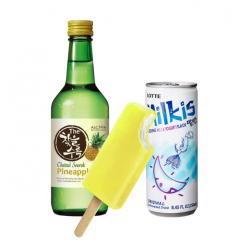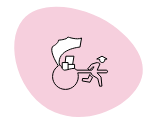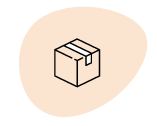Derfor har over 21.000 handlet her
Ramune and Soda
Ramune soda - The popular drink from Japan
Over the past few years, ramune has become increasingly well known in Western countries, including Denmark. Through trends on social media, where the funny little bottles have been in focus, awareness of the Japanese drink has spread. One reason for its great popularity is that both the bottle and the flavor are very different from what we know from cola, Fanta and other soft drinks at home. Whereas you typically have to go to a restaurant to find soft drinks in bottles and usually buy 1.5‑liter bottles at the local supermarket, ramune stands out by only being sold in glass bottles. These bottles contain just 200 ml of the refreshing drink, which makes it considerably smaller than the soft drinks we’re used to here.
Ramune in a glass bottle.
Ramune was first sold in a colony near Kobe in 1884. There it was marketed as a means of preventing cholera, which among other things helped make it popular with the locals. From the start, ramune has been served in a glass bottle with a very special neck, which is called a "Codd-neck" (Proper noun/name — unchanged in English.). This neck is designed so that a small glass marble seals the bottle, and it must be pushed down to open the bottle. The bottle is usually heavy and is made to withstand the pressure that builds up from the inside when carbonated liquids are bottled.
This type of bottle was, however, gradually phased out over the years, especially after the now-classic cap was introduced in the late 19th century. Today vintage Codd-neck bottles have become collector’s items and can be worth a lot of money. There aren’t many of them left, though, because children used to smash the bottles to get at the little glass marble.
Ramune Original — From one to 57 different flavors.
The original ramune is flavored with lime and lemon, but today there are 57 different varieties. These flavors are primarily fruit-based, and many of them differ from the soda flavors we're used to at home. You can, for example, get ramune in coconut, dragon fruit, lychee, pomelo and yuzu. But ramune hasn't drawn inspiration only from sweet cuisine — you can also find bottles flavored with chili oil, curry, kimchi, squid, wasabi or teriyaki.
"Hata Ramune" does not appear to be Danish — it looks like a proper name/title or from another language. Literal English: "Hata Ramune" (no change). If it were Swedish, "Hata Ramune" would mean "Hate Ramune." If you give context (is it a name, song title, or phrase?), I can provide a better translation.
Hata Ramune is the brand of ramune that is most widespread around the world. While we might see the Japanese sodas as an exciting alternative to the classic Faxe Kondi, ramune in Japan has become synonymous with summer and festivals. There the bottles are typically sold and enjoyed by the Japanese, and the empty bottles are subsequently collected to be recycled.
Chinese soda and other soft drinks
Many Danes probably grew up with Nestea, iced tea in cartons or Arizona Green Tea, but the market for tea in cans and bottles is much larger in many Asian countries than it has ever been here at home. Denmark is a nation of coffee drinkers, consuming around 3–4 cups of coffee a day on average. That makes us the fourth-largest coffee-drinking nation. Looking more closely at the countries that drink the most tea, Japan, China and Hong Kong, among others, rank high on the list. A significant part of their tea consumption is cold tea — both iced tea and milk tea — which can be enjoyed on the go.
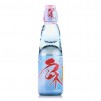
 EN
EN
 DA
DA




